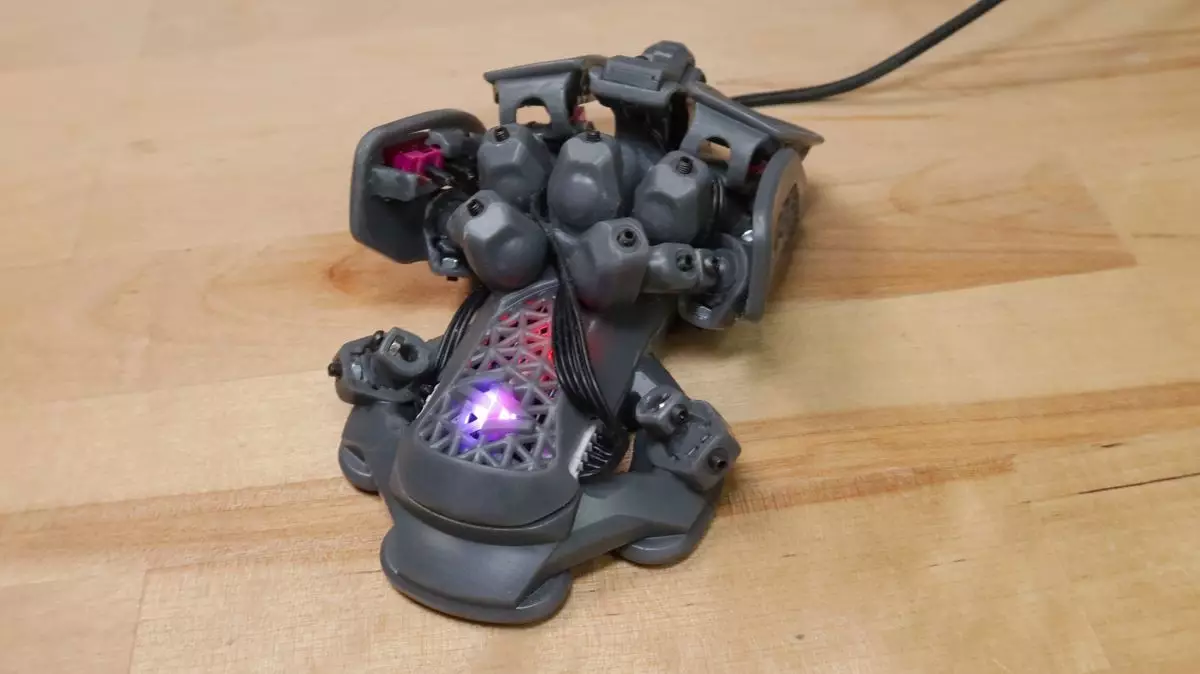In a world that increasingly prioritizes personalized experiences, the introduction of the PyottDesign Statial.b mouse stands out as a testament to innovation in the realm of computer peripherals. This open-source, adjustable mouse invites users to rethink conventional design standards by offering unprecedented customization. While the classical shape of computer mice has dominated the market for years, the Statial.b challenges this norm by emphasizing an individualized ergonomic approach that accommodates a wide range of grip styles. However, this groundbreaking design raises essential questions about usability, complexity, and the notion of aesthetics in functional objects.
Modern computing has led to the evolution of mouse designs that cater to the needs of diverse user demographics. The Statial.b seeks to revolutionize this by allowing adjustments not only between traditional gripping styles—such as fingertip, palm, claw, or vertical grips—but also by expanding the contours of these grips to suit unique hand shapes. This level of adaptability is indeed impressive; it reflects a marriage of technology and human factors engineering. With potential users varying extensively in hand size and grip preference, the Statial.b offers a refreshing departure from the one-size-fits-all design philosophy prevalent in many commercial mice.
One might argue that all this flexibility could lead to distractions or complications, but the design seeks to stabilize the evolving nature of human interaction with technology. In an era where comfort can significantly impact productivity, the Statial.b delivers an option to tailor the hardware to individual preferences, potentially enhancing the user experience.
Yet, in pursuing this radical ergonomics, certain aesthetic concerns are raised. The shape of the Statial.b has been likened to a Razer DeathAdder that has undergone an unfortunate accident. Described as “trypophobe’s worst nightmare,” its unconventional design may deter some users who prioritize aesthetics alongside functionality. This divide poses an interesting dilemma: how much should appearance factor into the design of utilitarian objects? After all, the beauty of technology should not overshadow its primary purpose. While it’s clear that the Statial.b excels in functionality, its looks can generate strong reactions, compelling users to confront their biases towards design.
One of the most distinguishing features of the Statial.b is its open-source nature, which encourages consumers to embrace a hands-on approach. That said, this also poses a significant barrier for those unversed in 3D printing, electronics, and programming. While the allure of creating a custom-fitted mouse is undoubtedly appealing, the skills required to actualize this vision may alienate potential users. For those lacking technological proficiency, the notion of assembling such a device may seem more daunting than delightful, placing the Statial.b in a unique but precarious position within the market.
Additionally, the user experience transition—from mere consumer to active creator—challenges conventional consumer expectations. In an age where convenience is king, the appeal of a DIY project may appeal to a niche audience but could also limit the overall market outreach for this innovative product.
The emergence of the PyottDesign Statial.b mouse is a compelling illustration of how technology can be reimagined to promote individualized comfort. By blending adaptability and open-source principles, it sets a precedent for ergonomic devices in the future. However, as we inch toward a more customized user experience, the underlying challenges of aesthetics, accessibility, and consumer engagement cannot be overlooked.
Ultimately, the Statial.b is not just a product; it embodies the potential trajectory for ergonomic design in the tech industry. It invites us to reflect deeply on the balance between functionality and appearance, while also challenging us to grasp new technological skills. Whether it becomes a staple on digital workspaces is uncertain, but it undeniably prompts discussions on how tools can better meet the needs of their users. In contemplating the next generation of ergonomic devices, the Statial.b may very well be a key player to watch.

